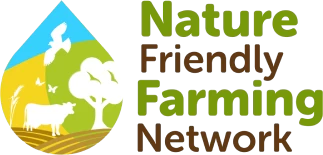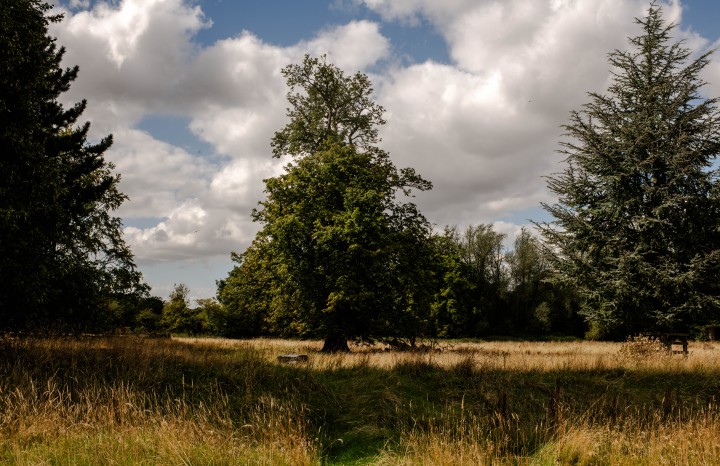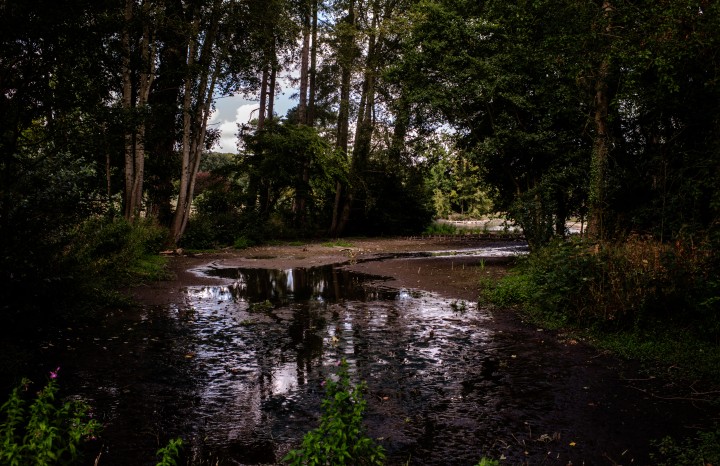Jon Thornes is a mixed farmer in the Lincolnshire Wolds, overseeing 3,000 acres of organic and regenerative farmland for a range of crops and livestock including pedigree Lincoln red cattle, Lincolnshire buff hens and Norfolk Black Turkeys. With the England Land Use Framework consultation underway, Jon shares why taking a ‘land sharing’ approach may be preferable to ‘land sparing’ when it comes to both nature revival and food production.
By Jon Thornes, South Ormsby Estate
Rewilding isn’t a trade-off - it’s a new balance for food and nature
There’s a lot of debate about land sharing versus land sparing, but for me, the real question is: why do we see them as opposing choices? At South Ormsby, we don’t separate farming from nature; we work with it.
For too long, farming has been seen as an extractive process, taking from the land and leaving little behind. But what if we flipped the question? Instead of asking, “How much land can we spare for nature?” we should ask, “How can all land serve nature first?”
Rewilding for all land - but not all land should look the same
Rewilding isn’t about taking land out of use but restoring its ability to support life. First and foremost, every acre should provide biodiversity with food and a home. If it can also produce food for people in a way that supports rather than depletes life, even better.
This isn’t an all-or-nothing choice, rewilding is a spectrum:
Some land will be fully returned to nature, with no intervention, just the slow work of recovery.
Some will be organically farmed, ensuring soil, water, and biodiversity thrive alongside food production.
Some will be grazed in ways that mimic lost herbivore ecosystems, shaping the land while keeping natural cycles intact.
Some will need active restoration, tree planting, rewetting, or species reintroductions to rebuild balance.
If we shift our perspective from sparing land to sharing land in a way that works for nature, we can create a future where biodiversity isn’t an afterthought, it’s the foundation.




